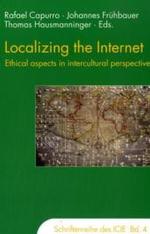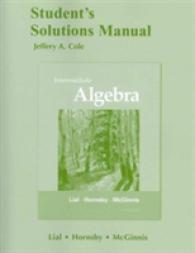- ホーム
- > 洋書
- > 英文書
- > Literary Criticism
Full Description
This first in-depth study of Valerius Flaccus' animals reveals their role in his poetic programme and the manifold ways in which he establishes their subjectivity. In one encounter, a trapped bird becomes a tragic victim, while the trapper is dehumanized. Elsewhere there are touching portrayals of animal/human camaraderie and friendship. Furthermore, Valerius' provocative consideration of the 'monstrous' challenges simplistic definitions of any being's nature, or the nature of relationships across species. His challenge entails profound ethical implications for his Roman readership, which resonate with us as we assess our own relationship to animals and the natural world today.
Contents
Acknowledgments
Abbreviations
General Introduction
1 Background 1: Discussions in Valerian Scholarship
2 Background 2: The Literary & Cultural Contexts of Valerius' Animals
3 Methodology
1 Empathy: Animal Experience in Simile
1 Bulls & Herds: Safety in Numbers
2 The Animal Mother: Gender & Generic Boundaries
3 Behaviour Patterns: Life Cycles & Phases
Conclusion
2 Relating: Human/Animal Interactions
1 Human Dominion
2 Human & Animal Trans-Species Collaboration
Conclusion
3 Identity: Human Appropriation of Animal Skins
1 Heroic Identification
2 (Re)emergence of the Animal
Conclusion
4 Presence: Animal Emissaries & Cult Companions
1 Sight: Jupiter's Birds
2 Sound: The Animal Voice
Conclusion
5 Serpentine: Meditation on the Monstrous
1 Snaky Monsters & the New World Order
2 Snakes on Cyzicus, Arg. 3.456-458
3 Medea & Her draco
Conclusion
General Conclusion
Appendix: Indices of Animal & Related References in Valerius Flaccus.
Bibliography
Index








